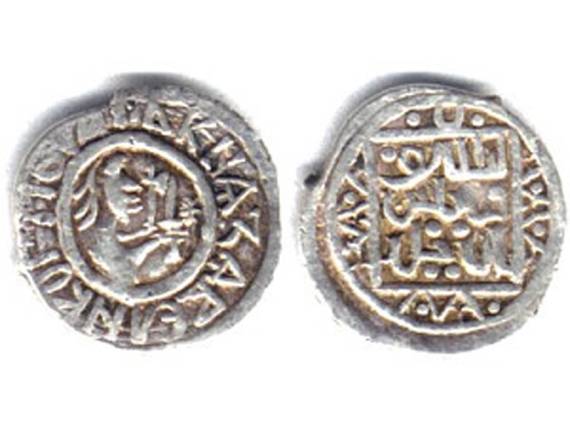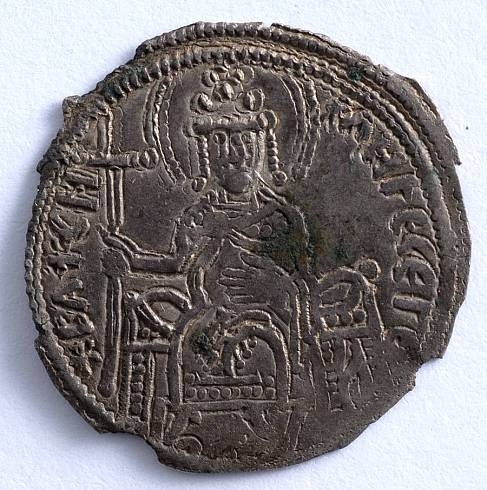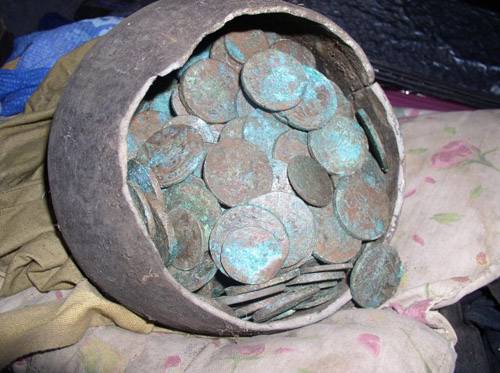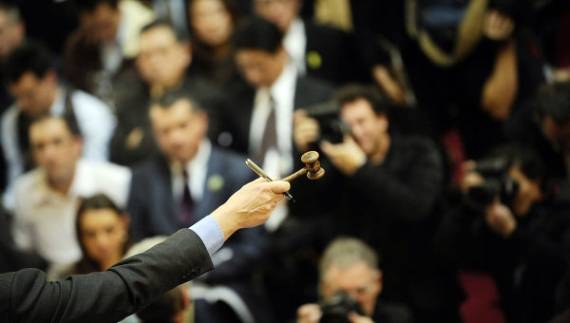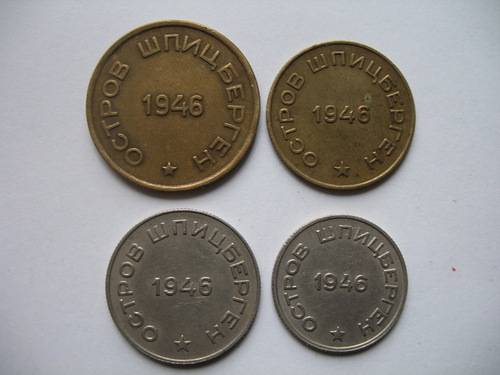Coins of three eras and their manufacturing techniques
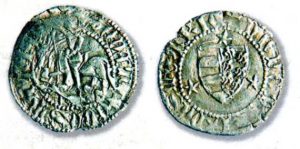 It happens that determining the place and specific time of minting coins of medieval Russia is quite problematic to establish. This is due to the fact that the medieval coins of Russia never placed the date of manufacture, and the place where the chasing was made.
It happens that determining the place and specific time of minting coins of medieval Russia is quite problematic to establish. This is due to the fact that the medieval coins of Russia never placed the date of manufacture, and the place where the chasing was made.
Quite a lot of difficulties arise due to the illegibility and the complex contraction of monetary legends. For example, in the 18th century, most medieval coins were attributed to some kind of Igor. In fact, it was nothing more than coins of the times of Ivan the Terrible, but because of the poorly written inscription “prince almighty and sovereign”, this inscription was attributed to some almighty prince Igor, which, as it turned out later, did not exist. It would seem a small mistake in the work, but for posterity it was quite difficult to understand.
Coins of medieval Russian cities have significant differences among themselves. First of all, this is due to the fact that every existing principality was a small state, which was only half dependent on royal power. This gave reason for such a principality to be engaged in the issue of coins on their own, which helps scientists to understand the question where approximately one or another coin was issued. However, time did not stand still, and the lands of Russia were more and more tied together, their mutual interaction was felt more and more. Thus, starting from the 16th century, for almost two hundred years, the coins became so uniform that it is almost impossible to distinguish them by any criteria.
However, the modern development of numismatics allowed the creation of several methods for determining the date and place of production of coins.
In Medieval Russia, coin blanks were made from wire, that is, a small piece of silver wire was flattened, and then the resulting blank was placed between two stamps. Thus, coins from the 16th to the 17th century are well distinguished from coins of other eras, since they have a more elongated shape that more resembles an ellipse than a circle.
In order to greatly facilitate the process of making several stamps, in the 15th century they began to produce a matrix for the production of stamps, which was called the mother liquor. The technology is quite simple: the required image was applied to the iron rod, and an inscription was applied to another rod. After that, by way of an imprint, the image was transferred to stamps. Unfortunately, none of these matrices has reached our days. This is due to the fact that everywhere there were treacherous counterfeiters, who, having obtained such matrices, could independently make coins.
The work of determining the specific characteristics of a coin, that is, the date, and the place of its minting is rather painstaking. In a sense, it resembles plowmen, who begin their journey from hand tools, then they can buy tillers, then a tractor. That is, the work is laborious and difficult, but the further you make your way, the easier it becomes.
